
kscarbel
-
Posts
1,114 -
Joined
-
Last visited
-
Days Won
8
Content Type
Profiles
Forums
Gallery
Events
Blogs
BMT Wiki
Collections
Store
Posts posted by kscarbel
-
-
It's interesting to note that Daimler is promoting their AMT transmission in the United States as a Daimler product.
Why does Volvo continue to deceive customers and rebadge Volvo engines, transmissions, chassis, and suspensions under a Mack name? Why won't Volvo be be upfront and open about the facts as Daimler is doing?
-
Transport Topics / May 13, 2013
GAGGENAU, Germany — Daimler Trucks officially began full production of its first automated manual transmissions designed for North American heavy-duty trucks at its plant here.
The first DT12 transmissions will go into Freightliner Cascadias beginning May 6 at the Daimler Trucks North America Freightliner plant in Cleveland, N.C., while a new assembly line to produce these transmissions will open in the United States during 2015.
By the time the assembly line opens at DTNA’s Redford plant outside Detroit, it will produce DT12s for the 13-, 15- and 16-liter engines that the company sells throughout North America and will employ some 115 workers.
Daimler officials have said they will invest $120 million in improvements in order to shift the line to the United States.
Up to now, DTNA has offered AMTs produced only by independent third-party suppliers.
DTNA officials said they are convinced that the superior fuel efficiency produced by the automated manuals will make them a fleet favorite, and they have predicted the AMTs will account for more than 50% of industry sales in North America by 2016.
They estimated that about 15% of new heavy-duty trucks purchased in America during 2012 were AMTs and the rest were manuals; in Europe, they said, the numbers were reversed.
The DT12 is based on an AMT that Daimler first created for its line of heavy-duty trucks in Europe, the Actros, and shares about 90% of the parts from that model. The North American version is designed to run on 12 volts and not the 24 volts that’s the standard in Europe, so the electrical systems are different, as well as some gearing.
AMTs are more efficient because they weigh less and shift gears at the optimum time, officials said. Reintjes added that early test results at fleets using the DT12 show about a 4% fuel-efficiency improvement.
The DT12s began rolling through Daimler’s transmission machining factory here on April 29 and through its final assembly plant, located nearby in Rastatt. The company is currently finishing a new assembly line to handle the DT12s in Rastatt, and officials said that it will be copied exactly at the Redford plant.
For now, the DT12s will be offered only for customers who order the Cascadia with the DD15 engine. Officials said they would become available for DD13 customers in October and for DD16 customers in May 2014.
-
Received my latest copy of the BULLDOG,on Thursday.Page 8 shows "new" highway and vocational suspensions offerings from MACK.The air-ride highway truck suspension looks new to me,but the vocational suspension is the VOLVO T-Ride (in MACK speak-"mRIDE").I don't know how you guys feel,but this seems like too much VOLVO,and not enough MACK to me! I know-get used to it.I guess,as long as they don't discontinue the Camelback option,it shouldn't matter to me right? On the other hand,they do offer a bigger selection of suspension choices than they used to.Probably, good for them.Good news is the proven MACK top loader carriers,still in place!

I don't mind the new Hendrickson-sourced air suspension, but the addition of the Volvo T-Ride just further reveals Volvo's intention to sell Mack-badged Volvos with their own Volvo global components.
It's not a matter of whether the Volvo T-Ride suspension is good or bad. It's a matter of, if the customer wanted a Volvo, he'd go buy a Volvo.
There is no more Mack engineering. Volvo shut down the former Mack Trucks Engineering, Development and Test Center, which in fact was far superior to the small Volvo R&D unit in Greensboro that has replaced it. But that's okay because, as I personally know and Volvo flat out states, "60% of the Volvo Group R&D is performed in Sweden and the rest in different locations in Europe, US, Asia, South America". The core designing of today's Swedish Macks is done in Sweden (and why not, its mostly Volvo now, aside from the cab and hood).
There are no more Mack engineers. The handful of engineers at Volvo Trucks North America, responsible for North American market Volvo trucks and Swedish Macks, receive a check from Volvo.
What Volvo has done, reduce a global icon to a mere shell of its former self, should be a crime.
-
The 4870 was replaced by the International TurboStar, which is NOT to be confused with the International Turbostar. Confused?
Iveco purchased International Trucks Australia in 1992. Iveco being an unknown name down under, was allowed under the sale agreement to continue using the International name for 10 years in Australia/New Zealand. After the 1992 purchase, it was known as International Iveco Trucks Australia, and from 2001 as Iveco Trucks Australia.
So the 4870 replacement, the International TurboStar, was a rebadged Iveco TurboStar.
And as for the other Turbostar, that was a turbine-powered unit introduced by International Harvester in 1968 with a 300hp B-series Solar gas turbine.
Solar Turbines, now Caterpillar subsidiary, was a division of International Harvester from 1960 to 1981 (http://mysolar.cat.com/cda/layout?m=35503&x=7).
International has tested a turbine-fitted Emeryville as well. -
4670 or 4870?
The trucks shown above are International 4670s.
The 4870 was a COE, a version of the legendary designed-in-Australia-for-Australia International Harvester "Acco", and was sold by International under the Seddon Atkinson brand (International having bought the English truckmaker in 1974) from 1980 thru 1989. It was assembled at International's Dandenong plant in Victoria, Australia.
The 4870 version of the Acco cab was wider, and had an engine hump instead of a flat floor.
Initially this truck was sold in two version, the International-branded "T-Line" for the fleets, and the higher spec Seddon Atkinson-branded versions which had more drivetrain options.
.
Seddon Atkinson (International Harvester) F4870 spec sheet.pdf
-
 1
1
-
-
I used to work at Penske. Good company
Agreed. It was usually a pleasure in the 80s and 90s to take in Mack Penske trade-ins and resell them. They were maintained with integrity. All the Penske people I ever met were high caliber and reasonable to work with.
With Ryder trade-ins, you never knew what kind of a mess you were getting. Their mechanics were average to terrible resulting in shoddy repairs that haunted many buyers.
-
Mindlessly surfing the web again and I came upon an NPR report on new fire engines needed in Afghanistan. It showed Afghan firefighters training on a fire engine built on a Ford
high cabover that looked similar to the "Xcient". The story said that the engine was American built but the chassis was obviously European. Anyone have information on this model Ford?
bulldogboy
Sure, those are Ford Otosan Cargos produced in nearby Turkey. Otosan is extremely dedicated to making Ford Truck a global player again. They don't yet have the product, but they're pushing Bill Ford to make further investments.
.
-
On 5/10/2013 at 9:08 PM, bullhusk said:.
I tried to order a Freightliner C-O just last month, to use out of our JC term. for del. into NYC and the boroughs, and was told just that 'We build them over here to export only'. At least the ships are bringin somethin back to the old country!
BULLHUSK
Interestingly, while they won't sell you an Argosy II COE, Daimler will sell them to Walmart across the border in Canada.
To see this truck, a brilliant concept in efficiency, it's amazing how we've come full circle, thinking of the days when Pacific Intermountain Express (PIE) ran a large fleet of these dromedaries.
http://www.todaystrucking.com/walmart-carries-more-stuff-with-less-truck
.
-
 1
1
-
-
Yes, Mack produced the N-model. Both Mack, Ford and FWD purchased the same cab from the Budd company (with minor trim differences).
Mack ran one themselves in Allentown. Great cab, proven chassis.
But you're mistaken in thinking the Ford C-Series arrived after the Mack N-model. The Ford C-Series was produced from 1957 to 1990. Of course, the Mack N-model was the better truck.
-
-
-
-
During the 1960s, the demand for short and long-distance transport was rising and America’s truckmakers wanted to seize the opportunity.
After failed attempts to buy BMW, Daimler-Benz and Leyland Group, Chrysler purchased Spain’s Barreiros Diesel S.A. and England’s Rootes Group to form the European truckmaking arm of Chrysler International.
Ford of Europe shifted into high gear in 1967 with the merger of Ford of Great Britain and Ford-Germany (Ford-Werke AG), resulting in the D-series, N-Series and Transcontinental.
After producing light, medium and heavy trucks since 1931, General Motors shut down its UK Vauxhall subsidiary Bedford Vehicles in 1994. Ironically, Bedford was GM’s most profitable business unit for years with substantial global sales of its KM, TK TL and TM truck ranges.
Mack purchased French truckmaker Camions Bernard S.A. in 1963
International Harvester purchased a 33 percent stake in financially struggling DAF in 1973. DAF-powered PayStars were sold in Europe, while International-badged DAF 2800s were sold in South Africa. The company then acquired UK truckmaker Seddon Atkinson in 1974. I-H purchased a 35% stake in Spanish truckmaker Pegaso’s parent company Enasa Group in 1980, and together they formed "Pegaso Internatonal" in which I-H held a 65% stake. (I-H sold its Pegaso stake and Seddon Atkinson to Enasa in 1983).
Paccar purchased England’s Foden in 1981, DAF in 1996 and Leyland’s light and medium truck unit in 1998. (Paccar has risen impressively into a true global player, and the only American truckmaker with a significant global presence today)
Daimler and Volvo purchased Freightliner and White respectively in 1981, largely removing these two former American truckmakers from the European equation (I say largely because Daimler, unlike Volvo, actually promotes Argosy II COE sales in some global markets – the global market preference is largely COEs).
Note: The distribution agreement in which White marketed Freightliner trucks ended in 1974, allowing each to evolve forward independently.
Timeline:
1951: Spanish heavy truckmaker Barreiros Diesel S.A. was established. The firm produced licensed AEC diesel engines (The former UK maker of commercial trucks and double-decker buses: 1908-1979). Later truck, bus and farm tractor production was added.
1965: Chrysler Corporation begins taking a stake in UK car and truck producer Rootes Group.
Dodge Brothers (Britain) is merged into Rootes Group.
1967: Chrysler Corporation acquired 77% of Barreiros Diesel and took full control of Rootes Group.
1969: Chrysler took full control of Barreiros Diesel.
1970: Barreiros Diesel was renamed to Chrysler Espana S.A.
In summary, Chrysler International formed Chrysler Europe through the acquisition of Barreiros (Spain), Rootes Group (UK) and Simca (France), which became Chrysler Espana, Chrysler UK and Chrysler France respectively.
1978: PSA Peugeot-Citroën buys the three European subsidiaries of Chrysler Corporation: Chrysler-France (Simca), Chrysler UK (Sunbeam-Rootes) and Chrysler Espana S.A.
1981: PSA Peugeot-Citroën sells the European Dodge truck unit to Renault (The French government did not want Peugeot to create a new competitor for Renault, after having merged Berliet and Saviem into Renault in 1978 to form Renault Vehicules Industriels, a.k.a. RVI).
Initially, Renault added the RVI logo to the grille but also retained the Dodge lettering. Later the Dodge name was dropped.
Renault later mounted the Renault R series cab onto the Dodge chassis (which originated from the Berliet TR series cab shared with Ford for the “Transcontinental”).
Renault produced Dodge models until 1994-1995.
Dodge had operated plants in Madrid, Spain and Dunstable, UK (the Commer plant). Initially, the light and medium models retained U.S. cabs while the heavy models used European cabs.
The Dodge European heavyweights initially had proprietary Barreiros diesel engines. Later, Cummins and Perkins V-8 engines were available.
Chrysler International wanted a Chrysler-made diesel and Cummins agreed to a 50/50 joint venture. Chrysler-badged Cummins V6 and V8 engines were produced in Darlington, County Durham, UK (Cummins remains there today).
The Chrysler/Cummins engines, known as the VAL (V6) and VALE (V8), were all-new designs developed by Cummins for Europe. But Cummins hadn’t been able to justify the European market investment until forming the partnership with Chrysler.
The one weak point of the earlier models equipped with higher horsepower engines was the Barreiros-built 8-speed range-type transmission. A change to Fuller transmission resulted in a solid truck that was known for out climbing the Volvo F88s of the day!
.
-
Fleet Owner / May 9, 2013
Penske Truck Rental is adding 500 new Freightliner tractors to its commercial truck rental fleet, each with the Eaton UltraShift Plus multi-purpose high performance (MHP) automated transmission.
“We’re pleased to introduce this new automated transmission as a value-added feature for our commercial rental customers and their truck drivers,” said Penske’s Don Mikes, senior vice president of rental. “Smooth shifting automated transmissions offer fleet operators improved fuel economy and an added dimension of safety as the truck driver’s hands stay on the wheel versus shifting manually.”
The UltraShift Plus performance series is built on Eaton’s Fuller 13- and 18-speed manual transmissions. It uses an electronic clutch actuator to provide faster shifting and smoother engagement. Intelligent shift selection software uses changes in grade, weight and throttle to calculate the most efficient and effective shift points. The UltraShift Plus fully engages the clutch at idle, giving the driver ultimate control in challenging situations.
“We are pleased that Penske Truck Rental has chosen Eaton’s UltraShift Plus transmissions for these new additions to its fleet,” said John Coll, vice president, global marketing for Eaton’s Vehicle Group. “Commercial drivers, who rent these trucks will experience the benefits of our product that have helped make UltraShift Plus automated transmissions a popular choice among professional drivers.”
-
What a waste, owning and maintaining a fleet of aircraft. This and other corporate overspending helped put Mack in to serious trouble by the late 1970's
I couldn't disagree with you more. Corporate aviation used properly, and Mack's aviation unit indeed was, particularly under President Zenon C.R. Hansen, allows companies to gain vast efficiencies in operation. For example, being able to quickly move between Allentown, Bridgewater and Hagerstown allowed for better management of operations.
-
 2
2
-
-
A special thanks to Mr. David Raglin, the Product Support Manager at the Crane Carrier Company, for questioning their "old timers" (David has ONLY been at CCC for 25 years) to shed light on Crane Carrier's entry into the on-highway COE sleeper.
As you can see, these trucks were built for the Rotterdam to Tehran run, not a milk run by any stretch, and the same run that Mack Trucks' F-models were demonstrating their tenacity on to impressed Europeans.
An in-cab refrigerator.....in 1975.....CCC was ahead of its time.
I hope CCC's distributor was wise enough to opt for the Bostrom Levelair over the standard Viking T-Bar.
.
The new Centurion COE Tractor for 1975.pdf
The new Centurion COE Tractor for 1975..pdf
-
 1
1
-
-
- Popular Post
- Popular Post
Since someone mentioned Bulldog Airlines and Zenon Hansen in my post over the Mack-Bernards, I’d like to share my knowledge on Mack's corporate aircraft. Flying in the Lear 24 was a thrill, like a fighter enlarged for passengers. I regret not having more color photographs of the helicopters, jet and turboprop aircraft.
______________________________________________
Mack Trucks’ corporate aircraft department was established shortly after Zenon C.R. Hansen took the company's helm in January 1965.
Mr. Hansen, a proponent of corporate aviation to enhance company efficiency, hired White Motor Company’s chief pilot (Bill Sapp) to become the head pilot at “Bulldog Airlines”, the two having met while Mr. Hansen was executive vice president of White (1958-1965).
In the years to come, Mack's corporate flight department grew to become one of the largest fleets of its kind in the nation.
The aircraft of Bulldog Airlines
(This list is indeed incomplete, but to the best of my knowledge)
Mack I Beechcraft H-18 (original N1021B)
This aircraft, which started life as a G-18S, was the company’s first and appropriately given the company call sign "Mack I." The FAA registration number N1021B would later be transferred to the company's first Lear jet, a Model 23 ("Mack IV").
Mack II (1966-1968) Beechcraft H-18 (original N1031B)
Built as E-18S which had 6 inches of additional headroom, and later modified to H-18 standard with the tri-cycle landing gear developed by Volpar.
Mack II (1968-1974) Volpar Turboliner II (second N1031B)
The second “Mack II” began life as a Beech E-18S, but was ordered as a conversion from Volpar Aircraft Corp. in Van Nuys, California with 705hp Garrett TPE331 turboprop engines in the late summer of 1968.
This aircraft replaced the original N1031B, a Model H-18 ("Mack II"). Mack operated the aircraft until 1974. The paint scheme is typical of the Mack fleet in 1969, colors matching Zenon Hansen's personal Cadillac.
Mack IV Learjet 23 (second N1021B) (*1969 crash)
Bell 206 JetRanger helicopter
Mack VIII Learjet 24B
Mack X Dassault Falcon 20F (N10MT)
Mack XI Piper PA-24-260 Comanche (N11MT)
Mack XII Bell 212 Twin Huey helicopter (N12MT)
Mack XV Beechcraft E-55 Baron (N15MT)
Mack XVI Piper Navajo PA-31-350 Chieftain (N16MT)
Swearingen Merlin Metro (N111MT)
Swearingen SA226-AT Merlin IVC (N3114Y) Registered 9/84. Leased from Teterboro Aircraft Service
________________________________________________________
'69 Crash Claimed Mack Executives
October 27, 1999 | by FRANK WHELAN, The Morning Call
At 8:07 a.m. on November 6, 1969, “Mack IV”, a 1968 Learjet 23 (registration N1021B) owned by Mack Trucks Inc. took off from what was then Allentown-Bethlehem-Easton Airport.
Three hours later, it soared into dense fog and plunged into chilly Lake Michigan, killing all seven aboard.
The cause of the crash has never been determined.
Along with pilot James S. Simmons and co-pilot George K. Strunk were some of the leading engineering talents at Mack:
- John Lehoczky, 45, vice president-engineering;
- Chatwin A. Sharfenberg, 57, chief-engineer highway trucks;
- John "Jack" Richards, 43, manager-vehicle design;
- David W. Steltz, 37, manager-vehicle design;
- Luther Haus, 58, senior project engineer.
They were on their way to meet with representatives of the Modine Manufacturing Co., which produced radiators for Mack, based in Allentown.
"They were headed out to Michigan as part of a special project the company was working on," says historian John Montville.
The first part of the flight was apparently uneventful. But when the jet got to Lake Michigan, there were problems.
An attempt was made to fly across the lake and land at the Horlick Racine Airport in Racine, Wis. But a thick, cold fog had wrapped the huge body of water in a cloud bank.
What should have been a 15-minute hop across the lake proved impossible. After one try, the pilots decided to return to Ross Field in Benton Harbor, Mich.
For two hours, the plane sat on the ground. The Mack executives went off to eat lunch. The pilot and co-pilot stayed with the plane as 468 gallons of fuel was pumped aboard.
Les Meiners, a Benton Harbor airport employee, later told The Morning Call that conditions on the ground were considered "good."
A little before 11 a.m. the plane rose over Lake Michigan and disappeared from view. It was headed for Racine, but it never got there. At 11:08 a.m., it dropped into the lake two miles offshore.
It was noon of the next day before the fog had lifted enough for rescue efforts to begin. They went on for six days. The nose of the plane and a yoke were discovered floating in oily water.
The first body, Sharfenberg's, was found in the lake in June 1970 by the Kenosha, Wis., Sheriff's Department. Later that summer the remains of Lehoczky, Simmons and Strunk were recovered. The others were apparently never found.
Mack's chief executive officer, Zenon Hansen, who had created the Mack air fleet in 1965, was shaken.
"A multiple tragedy such as occurred in our Mack family requires the utmost in resolute strength, courage and prayer for help to the Almighty," he said.
The reason for the crash remains unclear. Both Simmons and Strunk were highly experienced pilots.
They knew how to handle an instrument landing. The plane had been cleared for landing, and visibility was said to be about 3 miles.
Almost a year after the crash, on Oct. 21, 1970, the National Transportation Safety Board ended its inquiry, reporting it was unable to determine the cause.
The craft "continued descent below the prescribed approach path profile for reasons unknown," the investigators wrote.
________________________________________________________
-
 2
2
-
 3
3
-
-
Mack purchased French truckmaker Camions *Bernard S.A. in December 1963 with the original intention to directly handle European sales (just as International acquired Pegaso and Chrysler acquired Spain’s Barreiros Diesel S.A. and England’s Rootes Group).
However, the Bernard acquisition more realistically resulted in Mack products localized for the French domestic market.
Mack had wanted to utilize the Bernard plant to assemble trucks from imported KD (knocked down) kits for the European market. Mack continued to import complete trucks as well.
Mack produced Mack-powered Bernards from 1963.
The bulk of COE Bernard-Macks from 1964 were fitted with cabs from Fernand Geneve S.A. (which Unic also used), while conventional models based on the B- and R-model used cabs from Carrosserie Pelpel, Pourtout and Letourneur & Marchand (the French had a history of using specialist cab builders).
I don't find these French cabs attractive, but this was the norm in France during the time period.
Mack had to fit the conventionals with B- and R-model hoods (a styling clash) because the Bernard hood typically used with the 200hp Alsthom air-cooled engine wouldn’t fit over the 211hp Mack “Thermodyne” engine. Certainly nobody was ever satisfied with the appearance.
In 1965, the Mack-powered EF(T)35 COE was introduced with a Geneve cab (also used by French truckmaker “Unic”).
Mack closed Bernard in 1966. Mack France was established at the former Bernard location (rue de Verdun, 92, Bagneux, France). Factory machinery, much of it supplied by Mack from 1963, was shipped to the Mack plant in Iran.
Why didn’t Mack invest more deeply at the time? Mack had money but it had already been invested on a great many key projects.
- Mack powertrain production had undergone an expensive relocation from Plainfield, New Jersey to Hagerstown, Maryland in 1961.
- The F-model was introduced in 1962
- The MB in introduced 1963.
- The R-model in introduced in 1965.
- The Maxidyne/Maxitorque drivetrain was introduced in 1966.
- The Hayward plant was purchased in 1965 to better compete in the west coast market.
Note: Mack Trucks’ International Operations Division had three active sales channels: Mack Trucks Worldwide Ltd., Mack Trucks Western Hemisphere Trading Corp. and the Export Division of Mack Trucks.
Note: From 1966, Mack was assembling trucks in Australia, Belgium, France, Guinea, Iran, Pakistan, Portugal and Venezuela.
* Bernard was established after World War 1 remanufacturing ex-U.S. Army Liberty trucks for civilian use. Later, the company was licensed to produce Gardner (UK) diesel engines.
When Eduard Bernard died in 1950, the company was in financial difficulty. Mack Trucks entered the picture around 1955. Bernard filed for bankruptcy in 1957. Eduard’s son took over the company, keeping the company afloat with Mack’s guarantees. In 1963, Mack took control of Bernard and made it Mack’s European production center.
-
 2
2
-
In 1962, a COE cab from French cab manufacturer Pelpel (the same type cab used by French truckmaker Saviem) was adapted to a Mack N-series chassis and shipped it to Allentown for testing. It performed extremely well, but the cab was deemed to costly.
This prototype was designated Mack-Saviem X30T.
Was Mack in talks with Saviem in 1962, hedging their bets ahead of taking control of Bernard in 1963?
This truck was still at Mack in Allentown some 20 years later in 1983. There's a story here. What happened to this truck?
Note: The Budd cabbed Mack N-model went on to become a strong seller in the European market.
-
-
I added two topics re European built Macks..........
I was saving the Bernard story for another day, since the Motor Panels F-models came in 1968, after the Bernard era.
-
In 1968, Mack Trucks built thirty hybrid F-715Ts for the European market utilizing Mark IV cabs produced by UK cab producer Motor Panels*, paired with F-700 chassis and 276hp END864 V-8s.......and then stopped.
Was the strategy to use a popular European cabmaker?
Or to use a “local” cab in an effort to reduce importation costs from the U.S.? (as Ford did, using a modified Berliet TR-series cab atop a Louisville chassis)
Note the Mack, F-700 and V-8 nameplates on the front of the truck.
Mack then began importing F-models into Europe thru importing distributors (In France for example, Mack worked with The Pamax Co. and MABO, both in Paris).
After seeing the Motor Panels cab and noting that one-time Mack importer FTF* used Motor Panel cabs for their own trucks, its easy to mistakenly assume that Mack and FTF assembled these trucks. But I have no information to support that.
I don’t know whether these 30 trucks were assembled in the former Bernard plant or if they were assembled in Allentown. The Mark IV cabs originated at Motor Panels in Coventry, England.
* FTF (Floor Truck Fabriek) produced trucks in The Netherlands from 1966 to 1995. The company became known for its heavy hauling tractors. FTF began as a trailer manufacturer and still produces trailers today.
Prior to 1966, FTF had imported into Europe and assembled Mack KD (knocked down) truck kits from 1952. But the two companies parted ways when Mack Trucks purchased French truckmaker Bernard (that is another story).
Although the Mack/FTF relationship began winding down at the point, FTF new truck range initially used a great deal of Mack components. FTF purchased Motor Panels cab for their trucks, which at that time was widely used by British truckmakers including Foden, Guy, Scammell, Seddon, Dennis and ERF.
*Coventry-based cab manufacturer Motor Panels introduced its Mark III Standard Cab System in 1964, and its 2.5 meter wide Mark IV cab in 1966. The Mark IV cab was available in multiple variations to meet the demands of different truckmakers.
In addition to being used during the 60s and 70s by British truckmakers Seddon and Guy, Motor Panels also enabled other manufacturers including AEC, Atkinson, ERF, Foden, and Scammell to offer a steel alternative to their fibreglass cabs. Mack Trucks also purchased the Mark IV cab for the hybrid F-715Ts produced in France.
.
-
 1
1
-
-
I have to disagree with you here number one , the MB 4000 engine came to the US it was badged as the series 50 or 55 I don't remember which one it was but it was loaded with problems it was Detroit diesel America that put that engine on the map by using USA DDEC Technology, and if the German engineers are designing these motors they are using our technology the technology that they stole from Detroit diesel if they were that smart they would've had the jump on Detroit diesel years ago but in fact it was Detroit diesel that showed them how to build that diesel no other way they took our technology and they took the credit for it plane and simple you can say whatever, for you to say that Detroit Diesel has not designed a engine in years is not true, where the men that I talked to paid actors? I put a call to my guy at DD today and asked him if Detroit America was still active in R & D and asked him about what you had said.... Well he said I guess the Germans are payin a lot of American engineers for nothin!!!
You're right, the MB4000 wasn't a stellar engine in the US market. But truth be told, the OM471/472/473 (aka DD13/15/16) were designed in Germany. Of course Daimler's U.S. DD-badged unit is going to say they're still involved in R&D. There's such a thing having "face" before Daimler's US market customers. Daimler's U.S. people tweak the German engines for the US market, and one could put a stretch on that and call it engine R&D.......but I won't.
For DD to get on a good track with the 60 Series and then be bought by an overseas company, another US truck industry leader gone, is sad indeed.
-
 1
1
-


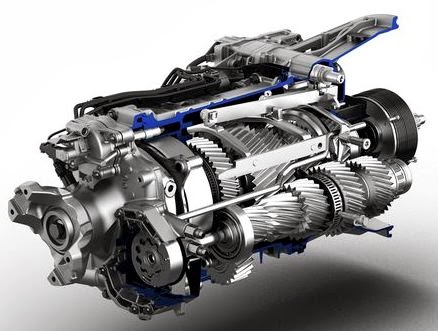
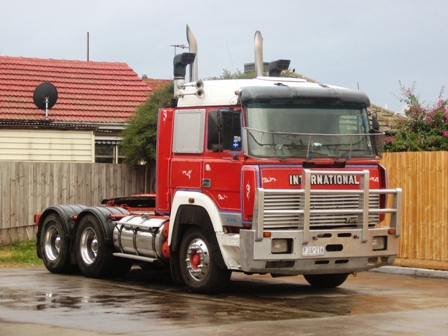
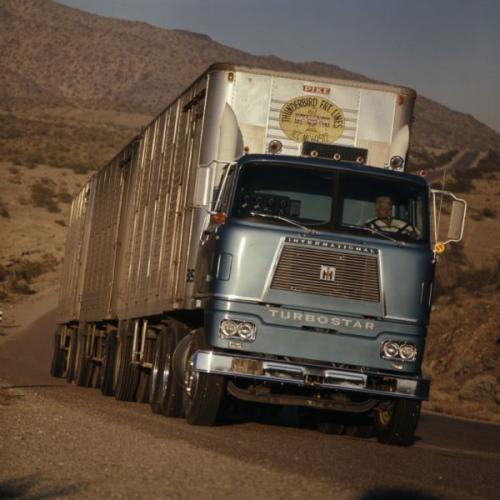
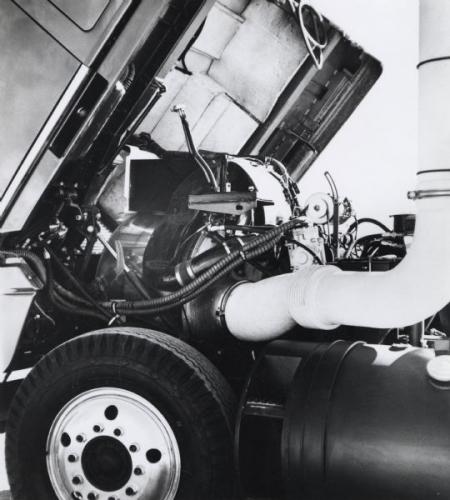
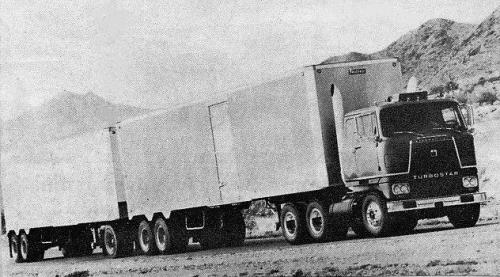
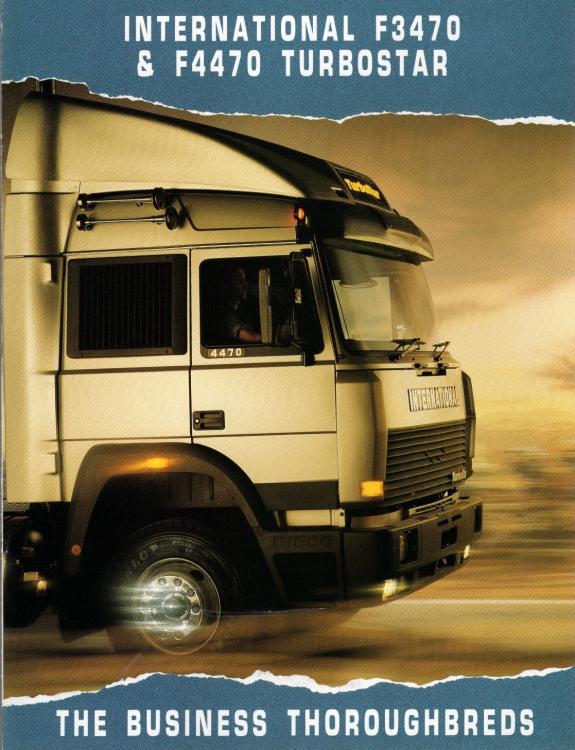
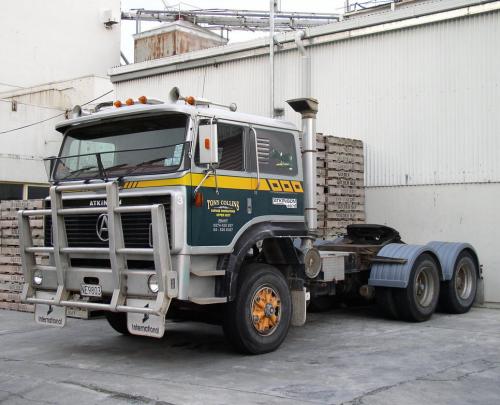
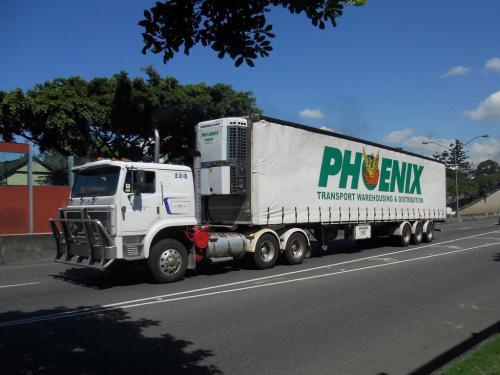
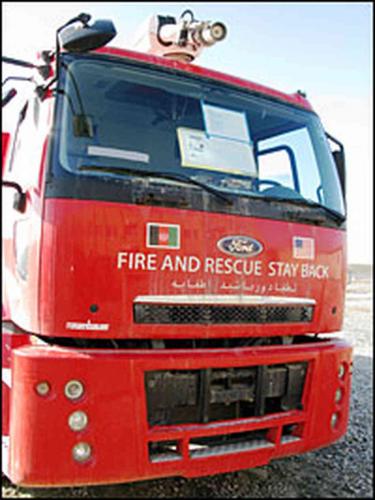
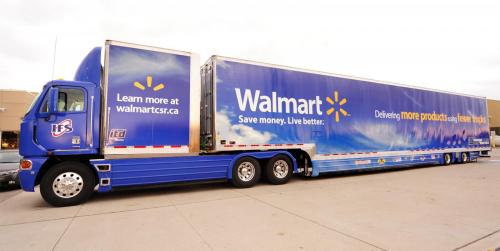
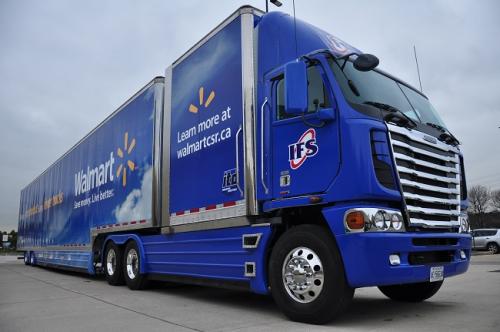
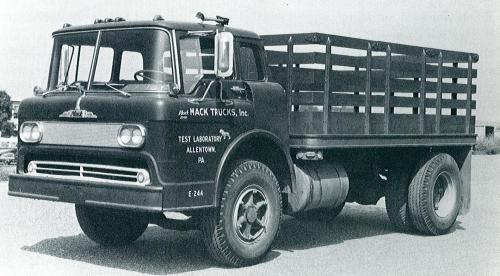
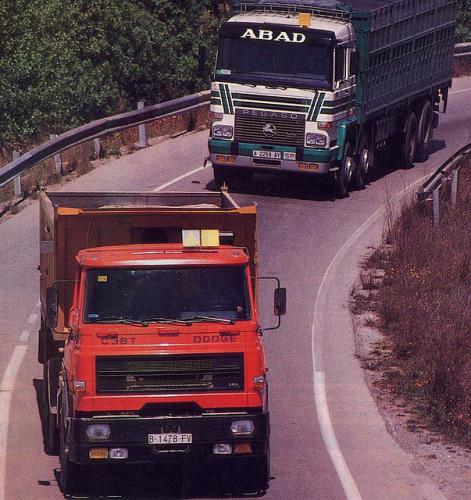
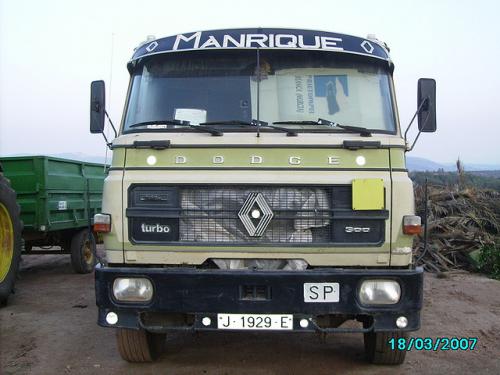
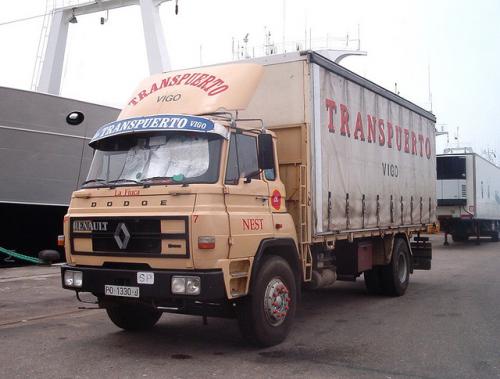
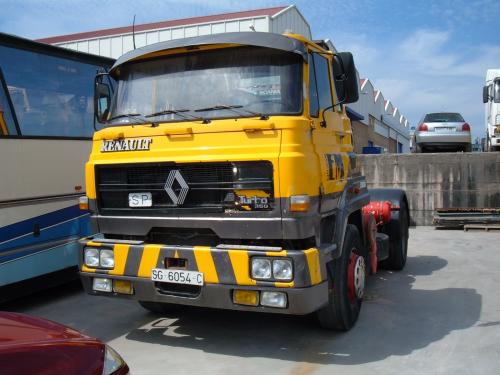
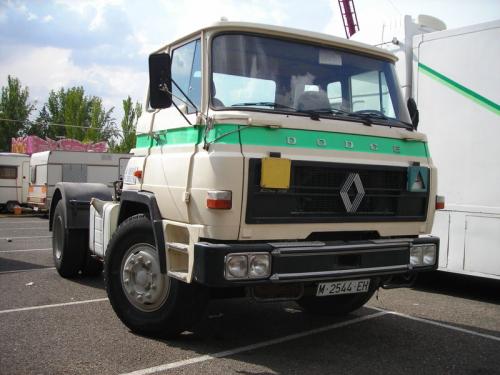
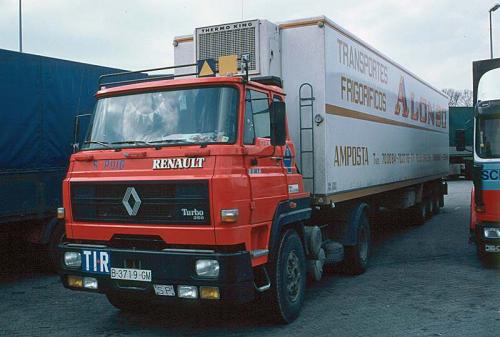
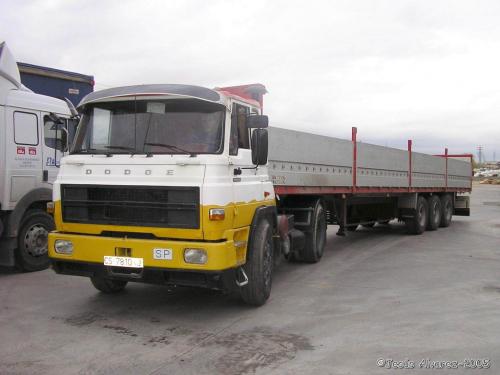
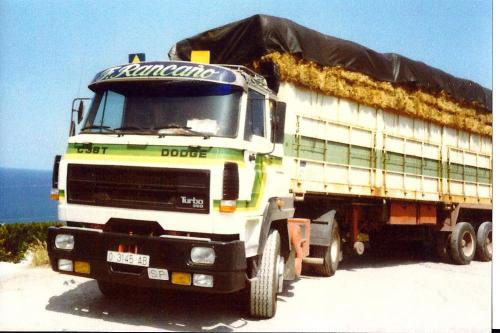
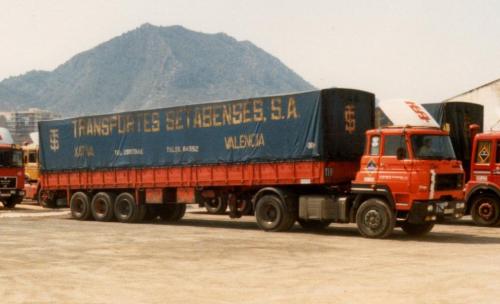
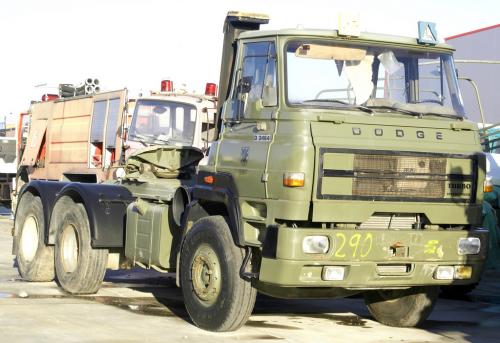
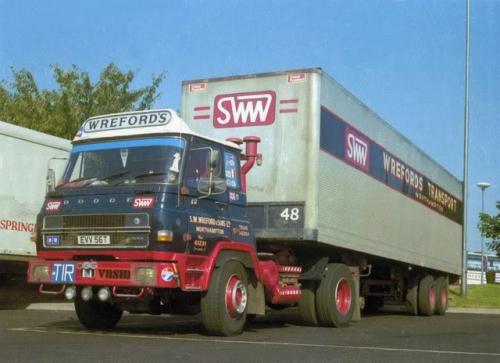
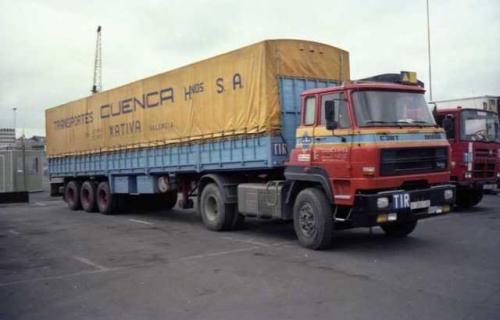
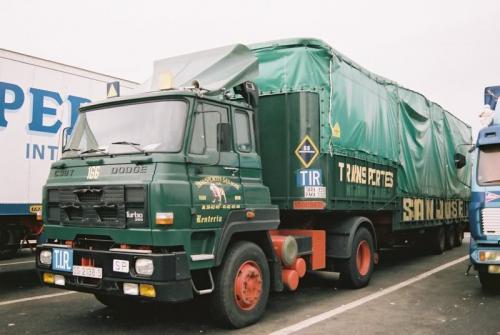
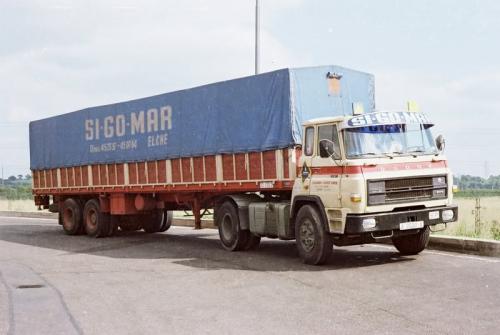
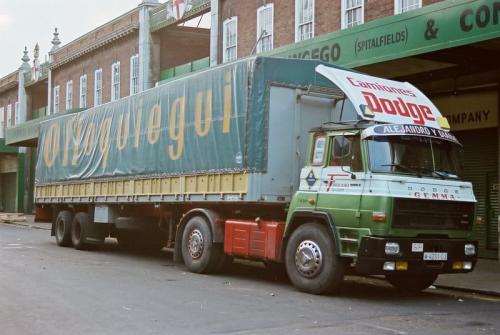
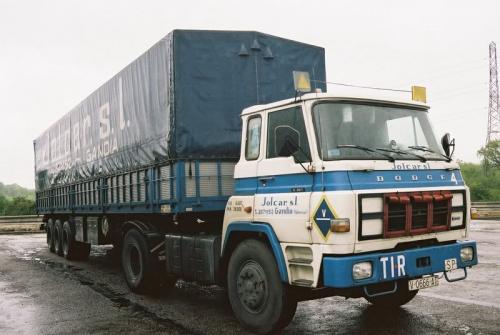
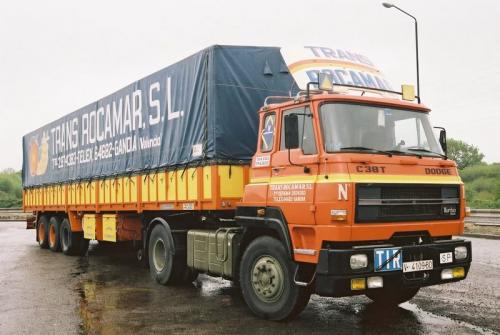
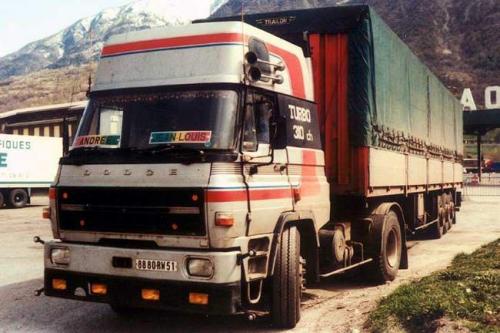
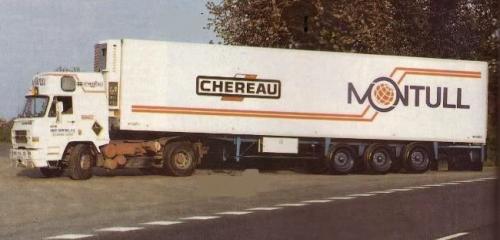
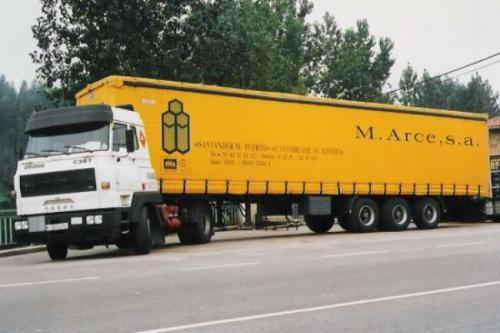
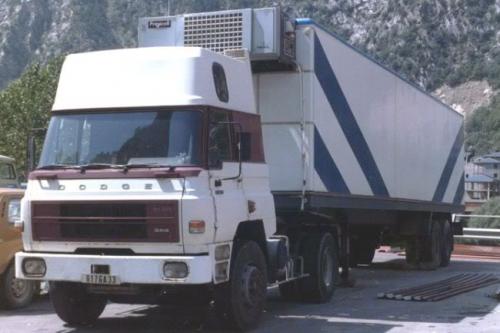
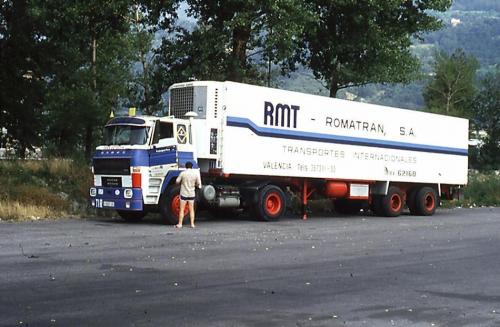
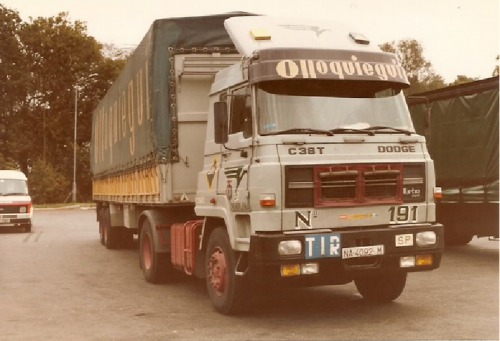
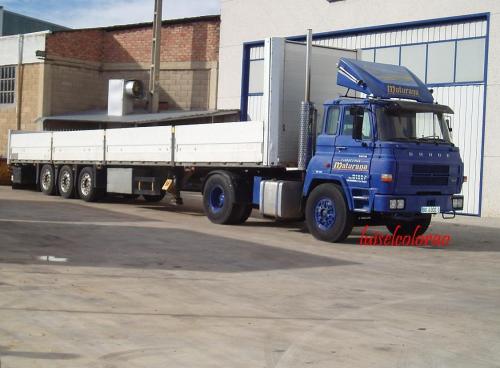
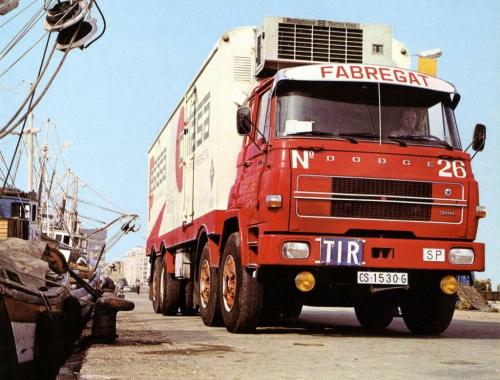
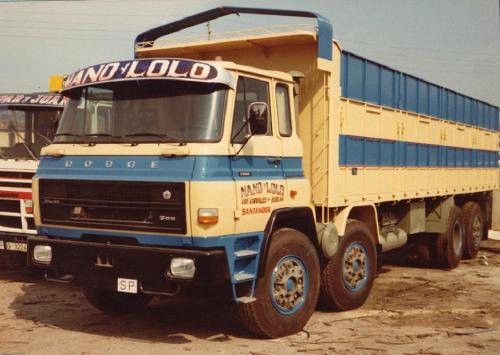
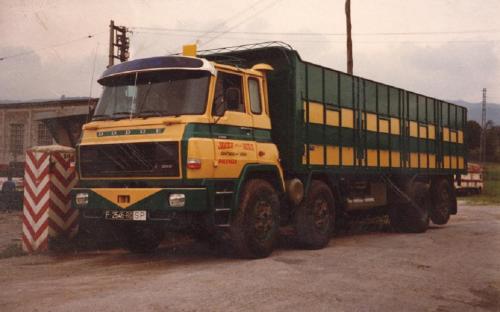
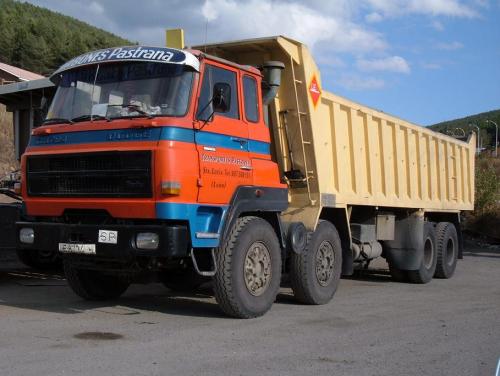
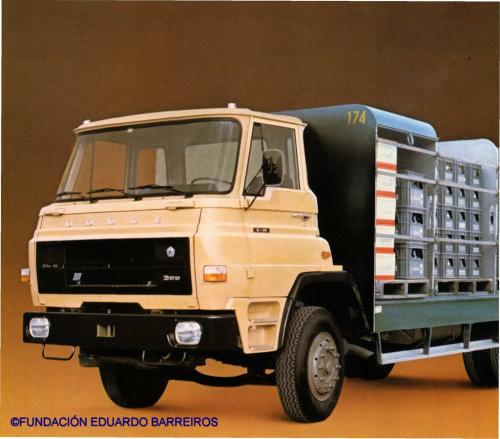
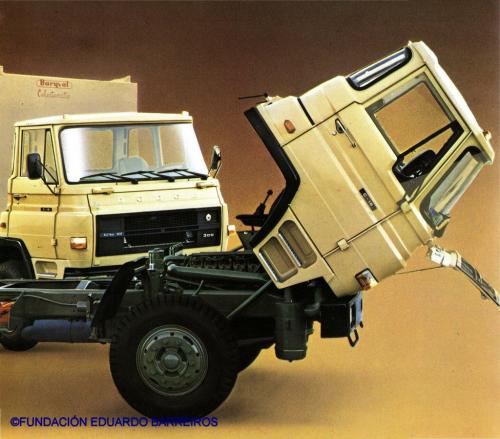
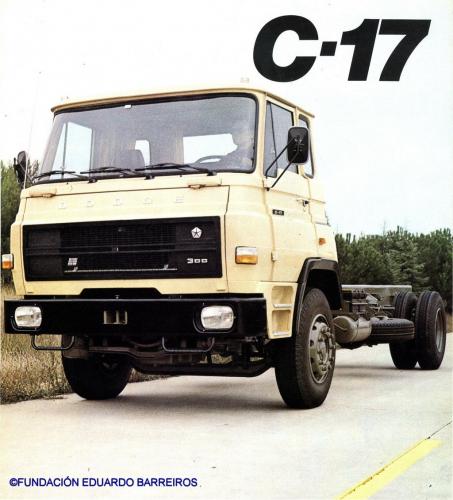
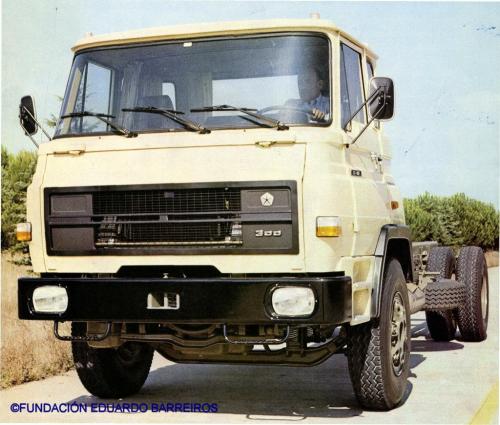
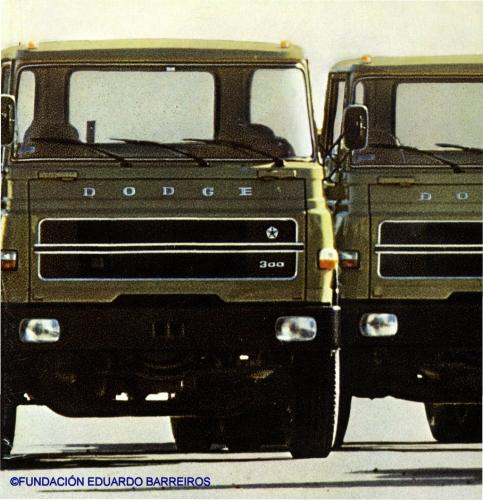
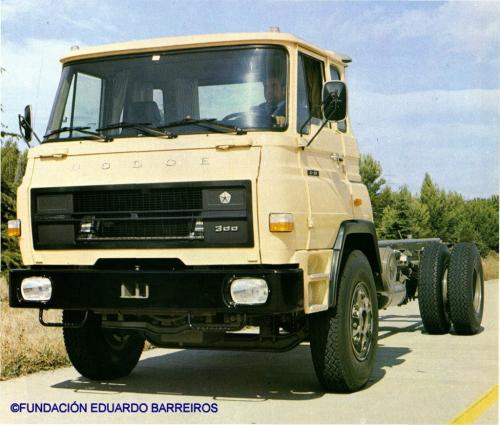
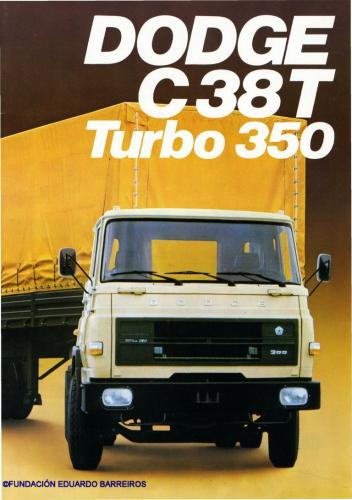
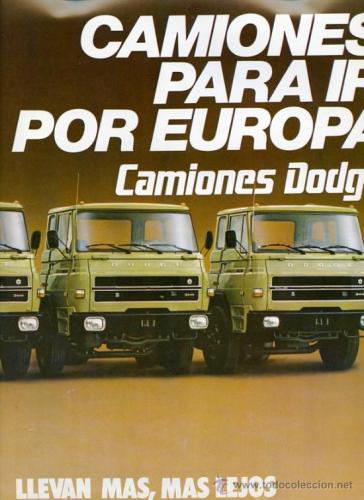
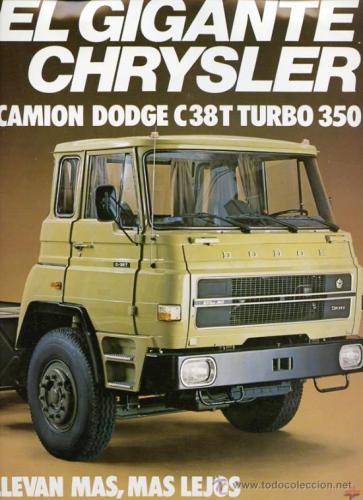
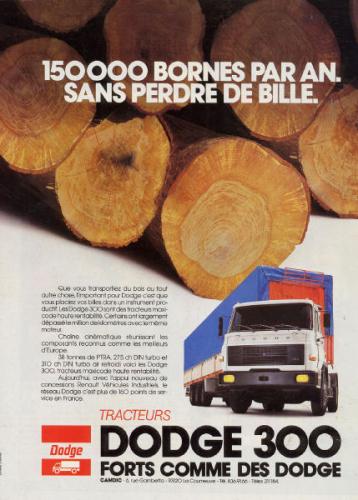
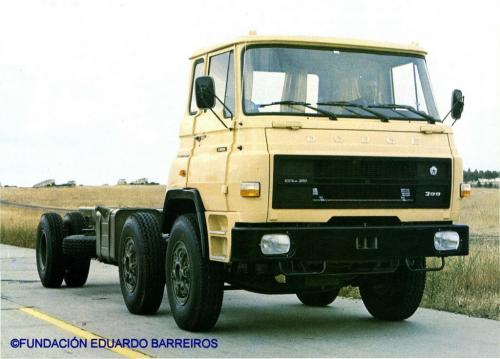
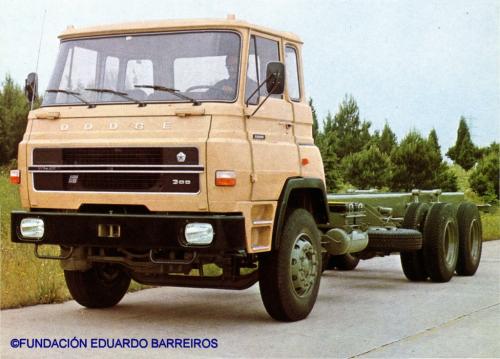
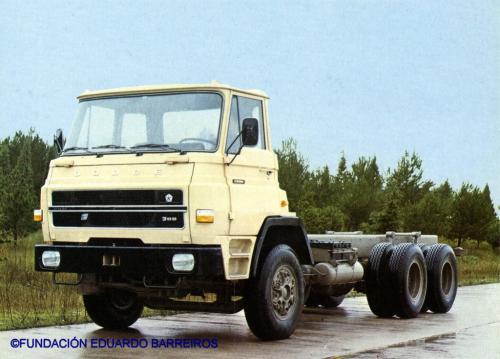
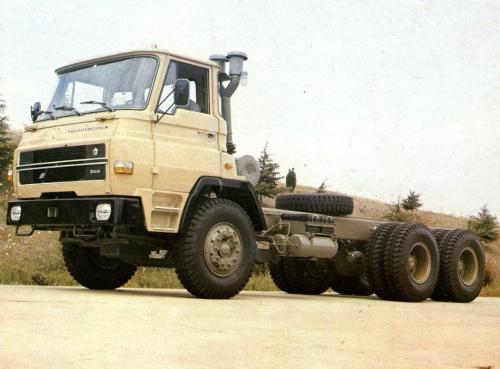
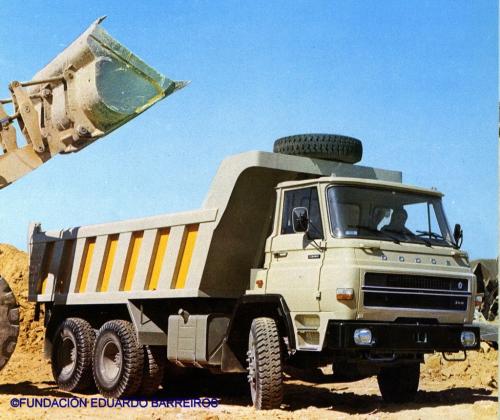
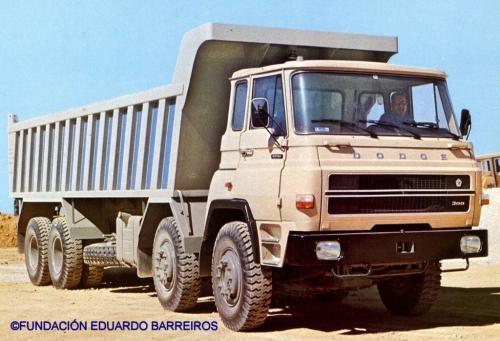
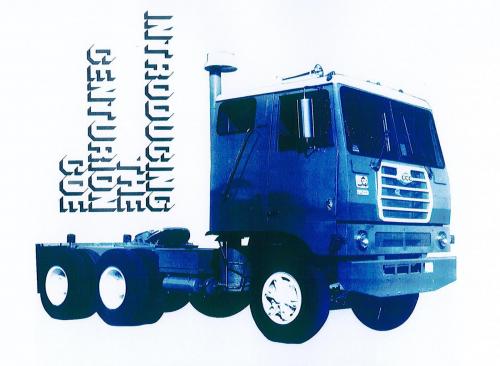
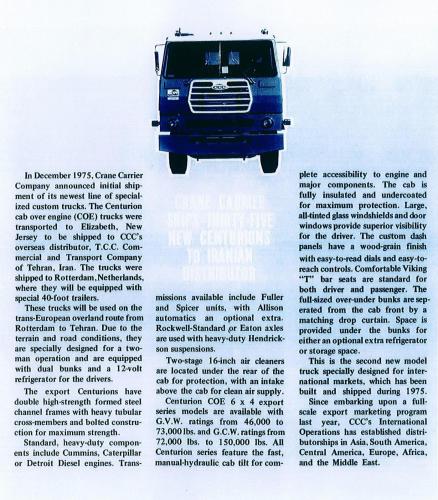
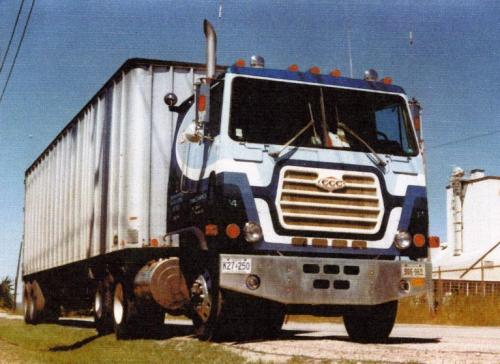
.jpg.3b975e17c29dd008d0a36bd85a444108.jpg)
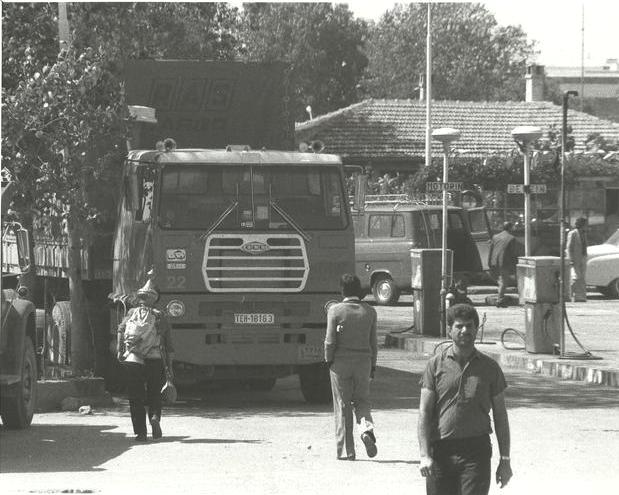
-SpielfeldAustria.jpg.e08a04c155402aded02b0767e5f43d36.jpg)


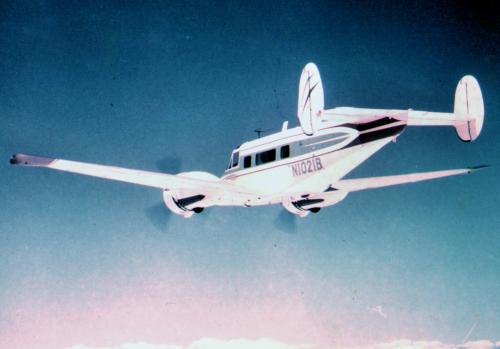


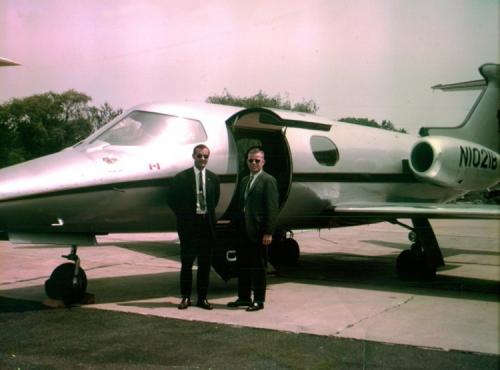
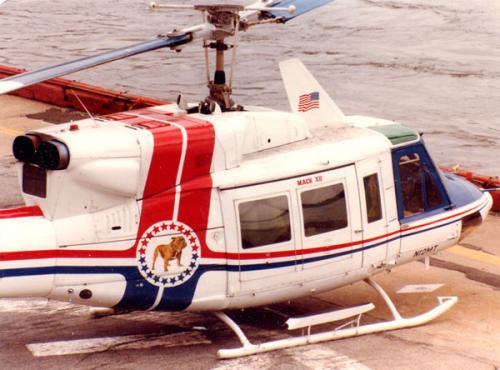
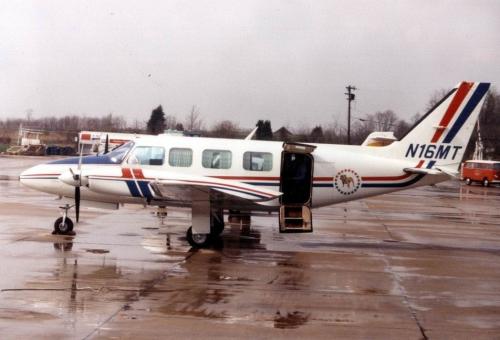
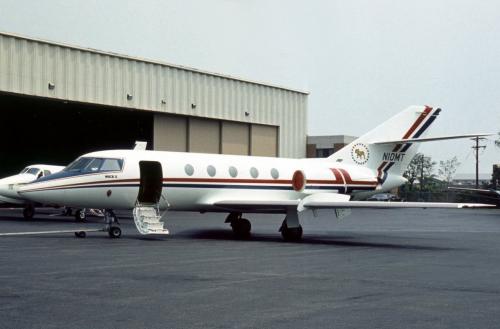

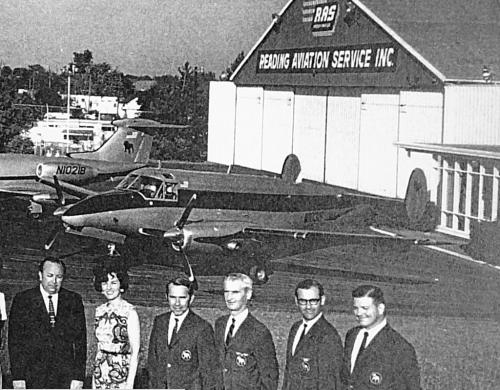
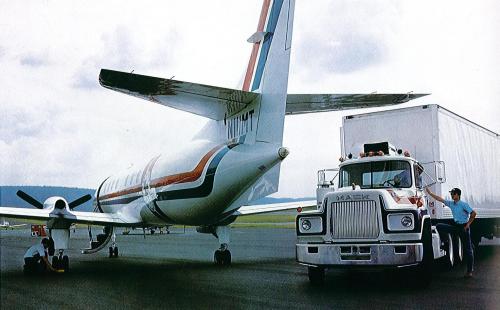
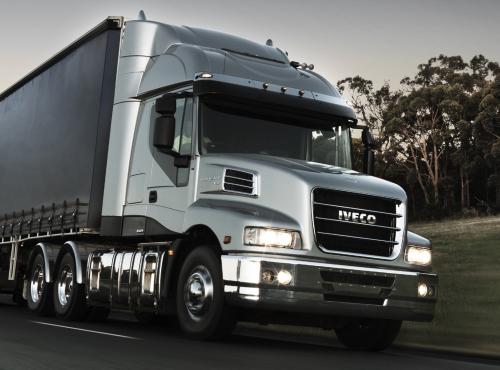
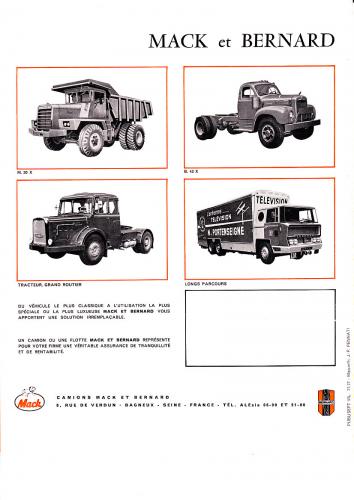
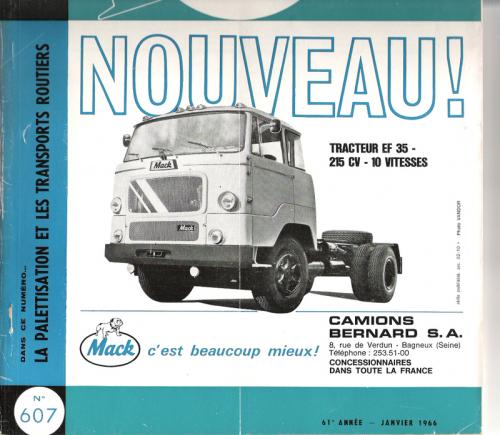
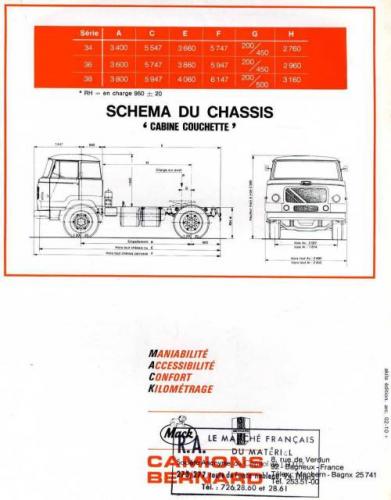
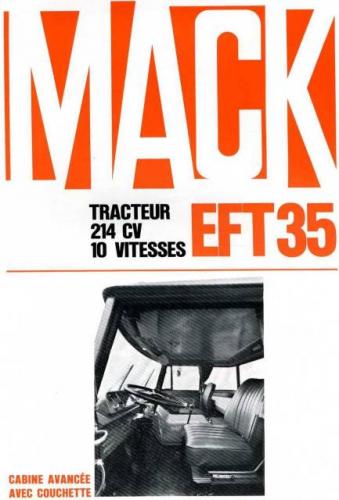
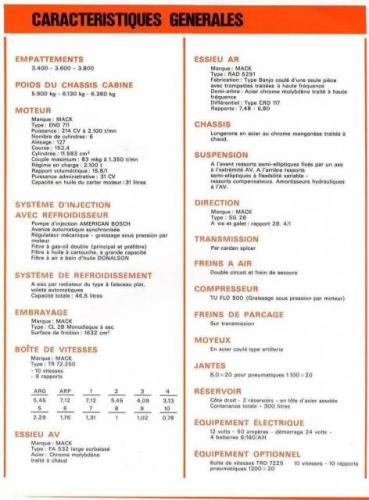
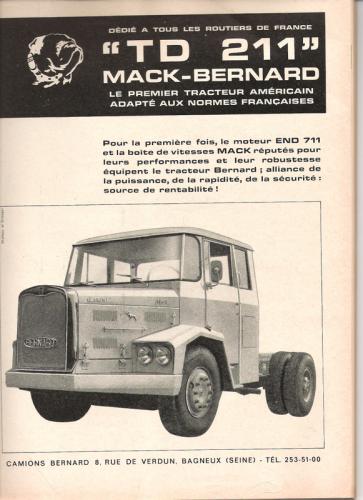
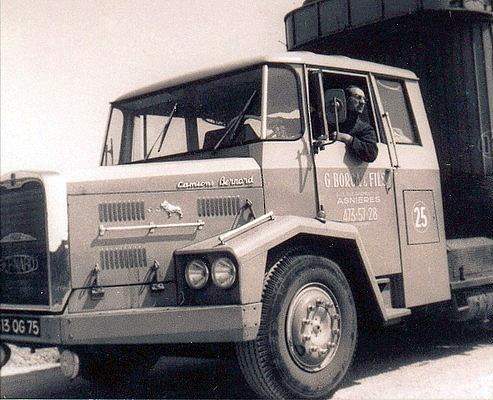
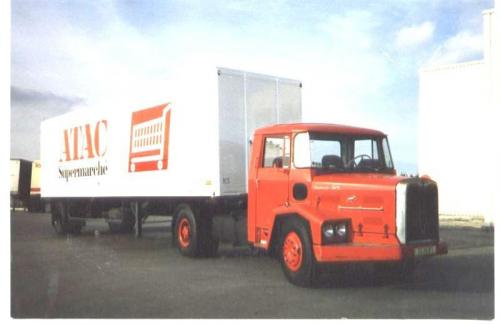
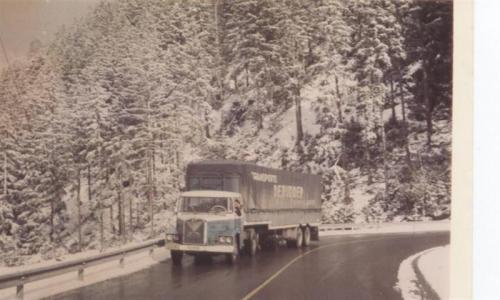
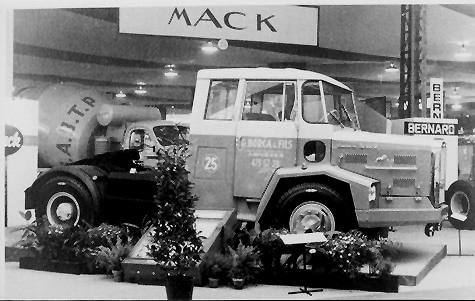
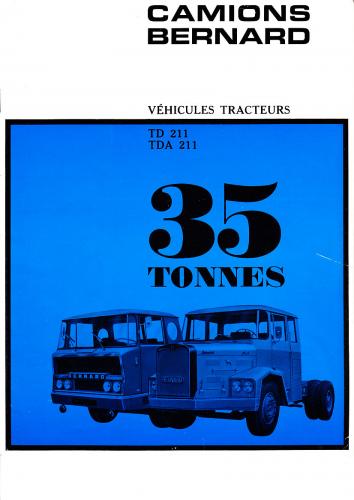
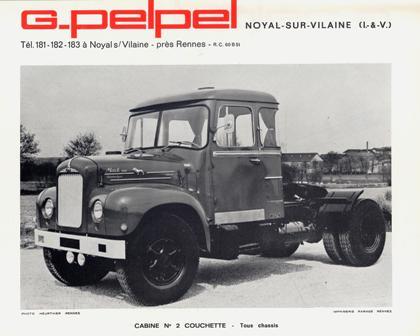
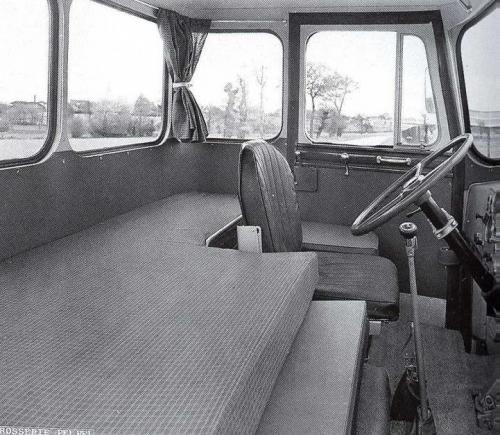
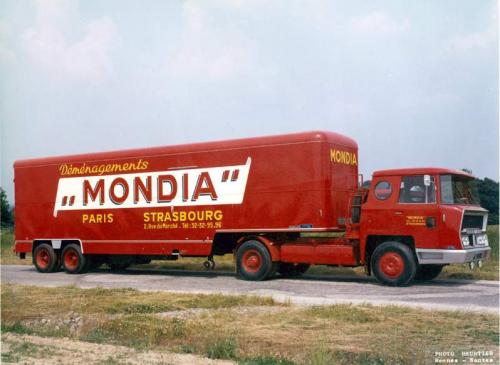
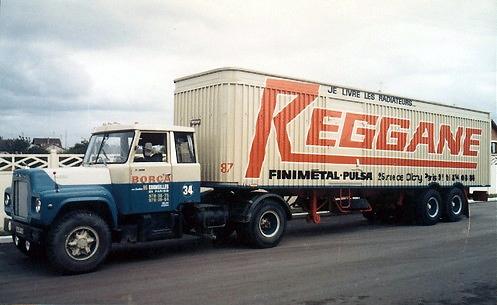
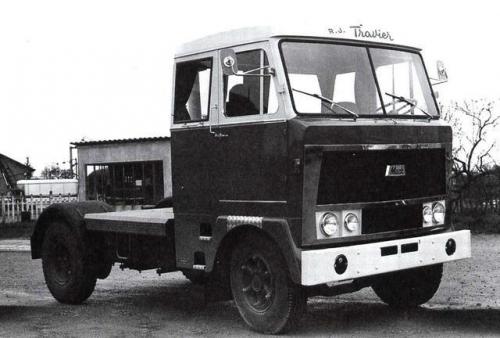
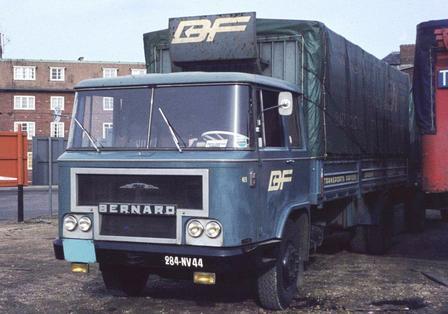
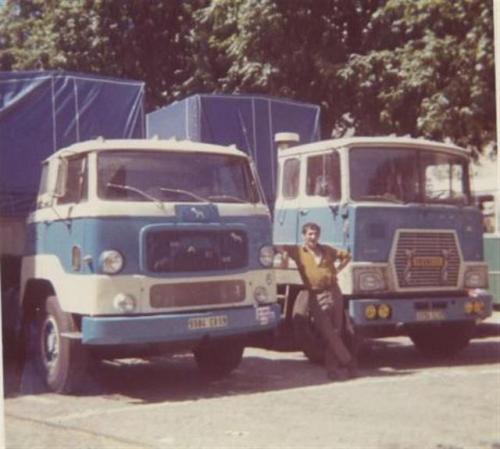
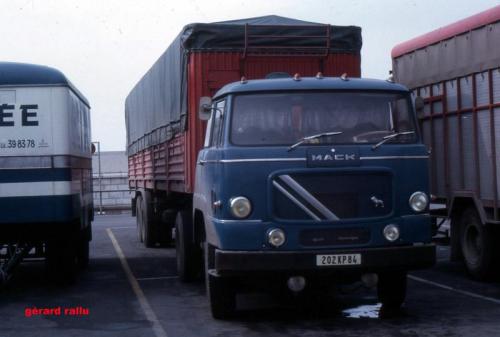
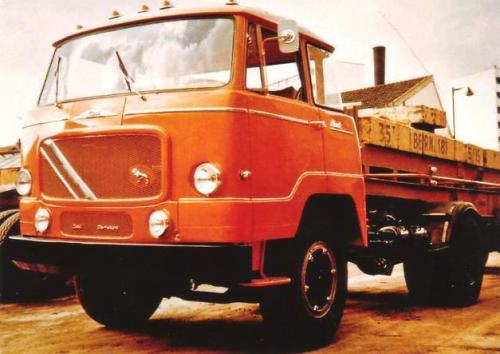
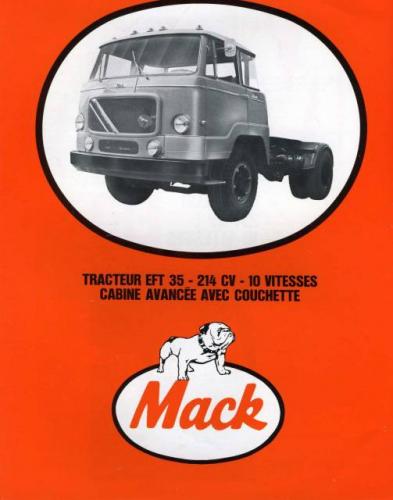
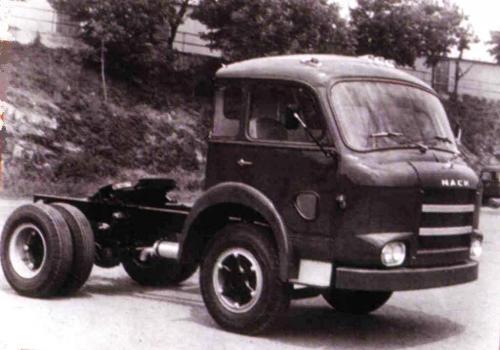
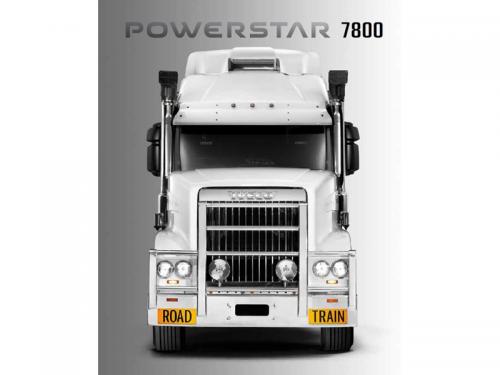
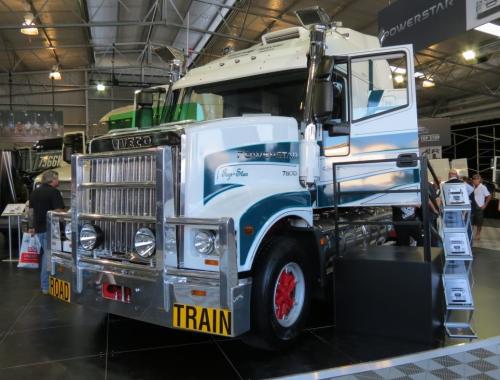
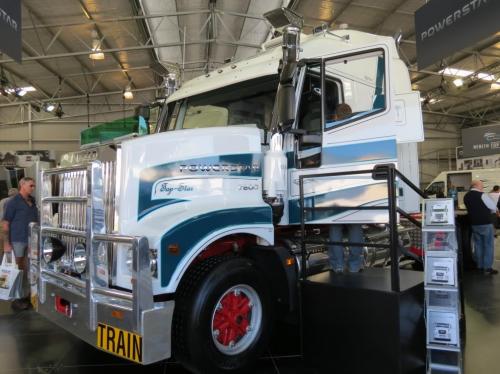
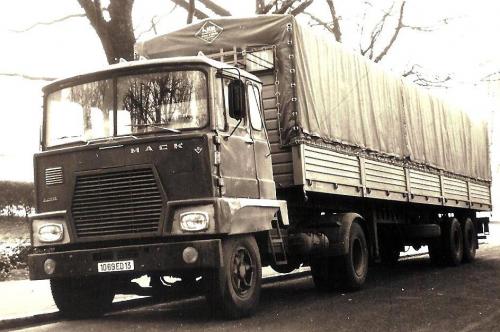
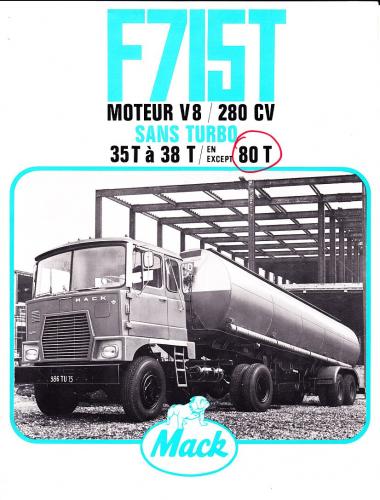
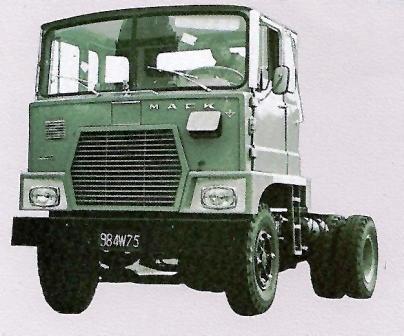
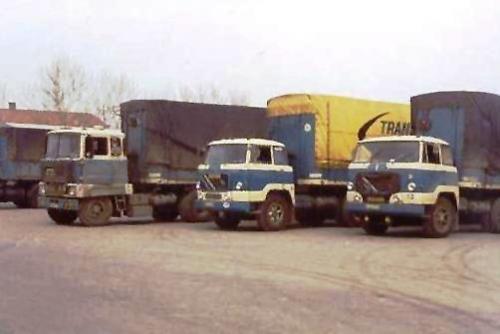
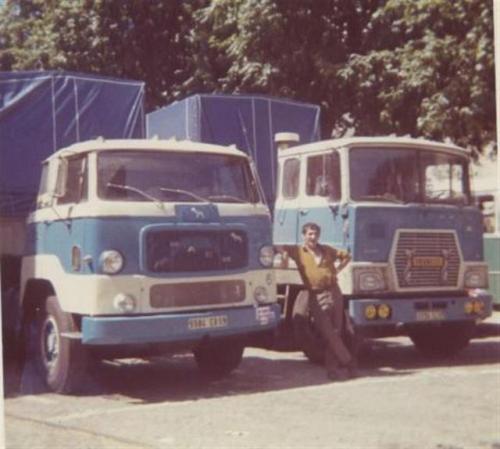
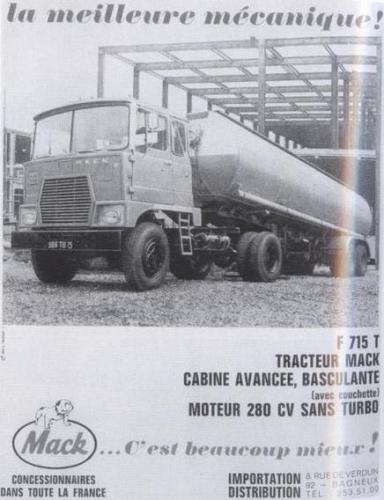

New suspension offerings from MACK
in Modern Mack Truck General Discussion
Posted
The camelback is brilliantly simplistic in design, but more modern suspensions offer greater performance (e.g. articulation) and ride quality with a tolerable increase in design complexity.
With the demise of Mack Trucks, we won't see a modern replacement for the Mack camelback suspensions. Just rebadged Volvo and Hendrickson suspensions.